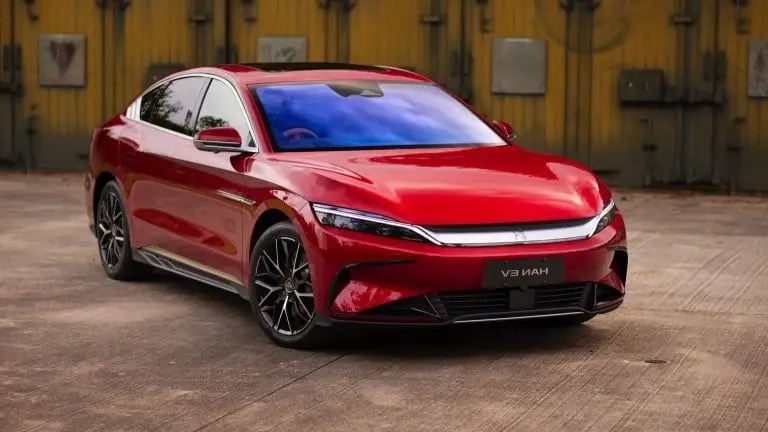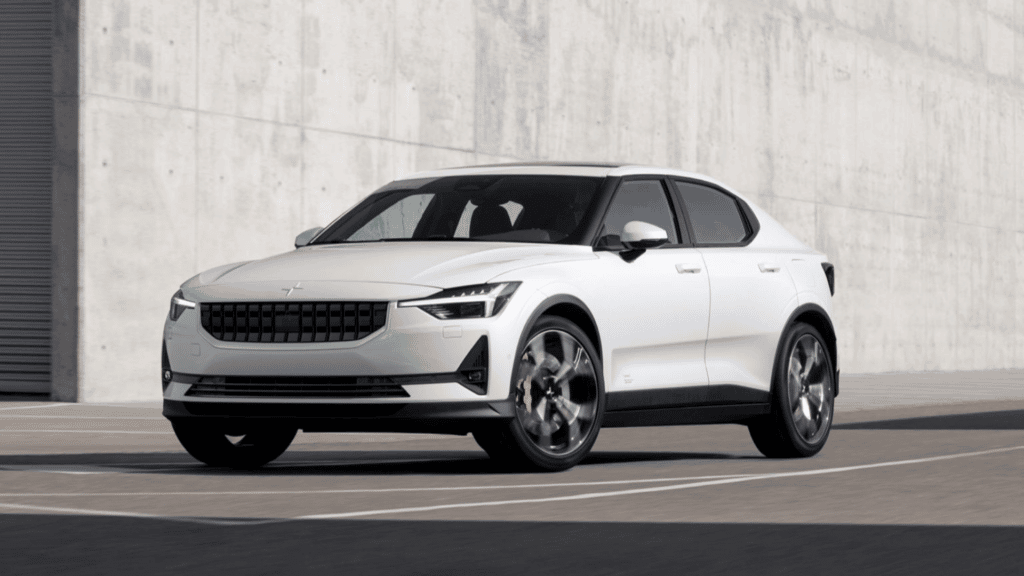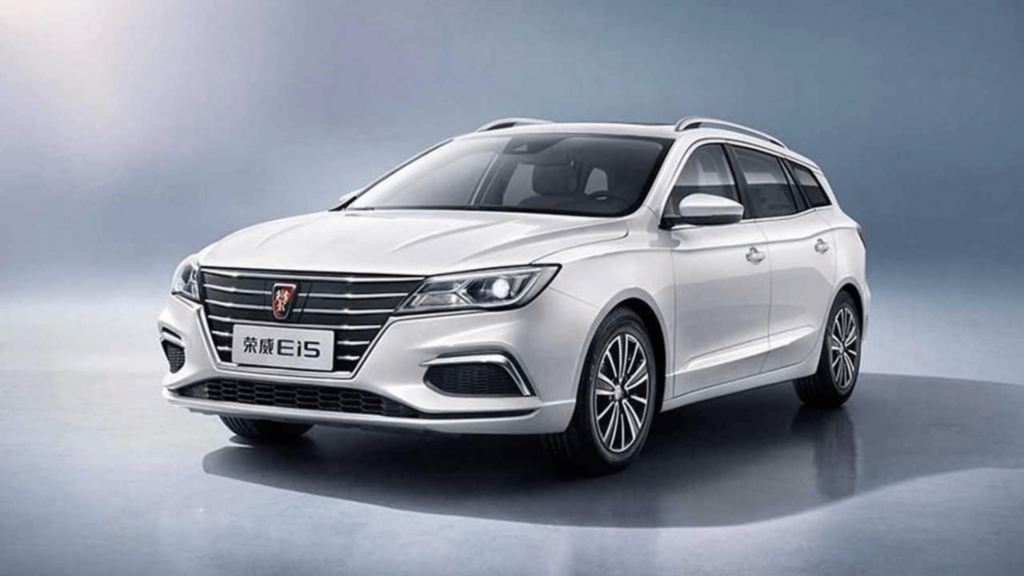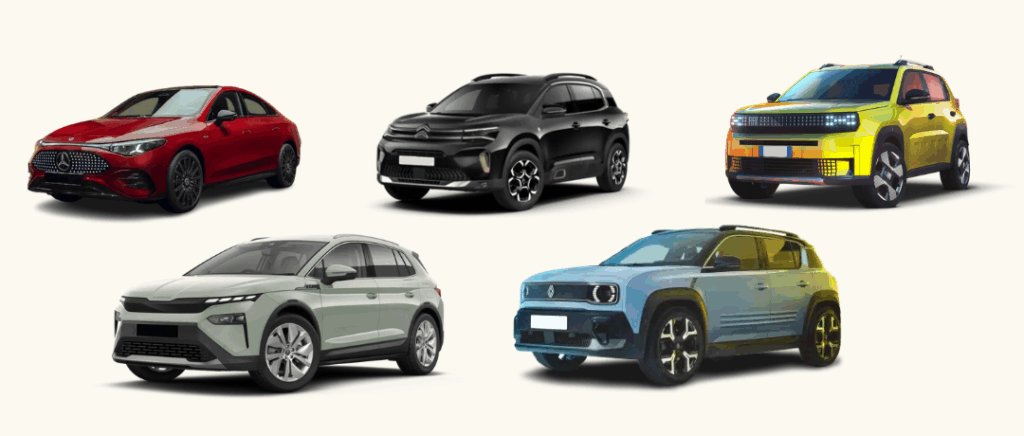Our experts answer your questions with a smile
Monday to Friday
9am - 12.30pm - 2pm - 7pm
China ready to conquer the European market
Indeed, the strategy put forward by Chinese carmakers in the automotive world has been to buy up European brands, with the aim of entering the market with brand names that already resonate in the minds of European customers. Indeed, this strategy marks the beginning of massive Chinese capital investment in European manufacturers and in the development of Chinese electric cars.
Brands such as Lotus, Proton, MG, Volvo, LEVC (London taxis) and the tyre brand Pirelli are all owned by Chinese companies.
These investments are being made with the same ambition as in the Chinese market, where the local regulations are very strict when it comes to introducing electric vehicles. The Chinese government has introduced quotas on the sale of electric vehicles which will gradually increase from 10 % in 2019 to 18 % in 2023. This is encouraging Chinese carmakers to focus heavily on electric vehicles, including in Europe, and is a notable example of Chinese capital changing trajectories.
Chinese electric cars coming to market
BYD
BYDis first and foremost a battery manufacturer. It is even the world's 3rd largest manufacturer after LG Chem and CATL in terms of production volume. The company entered the automotive sector in 2003 and quickly became a major player in the Chinese market.
In 2010, BYD was already the 4ᵉ builder of electric car China in terms of the number of vehicles sold, a performance that continues to grow thanks to the brand's strong investment in hybrid and electric vehicles. While BYD was the largest manufacturer of electric vehicles in the world until 2019, it is today Tesla who narrowly edged ahead.
However, the competition between the two manufacturers is not over, BYD is now aiming to export to the European and American markets, where Elon Musk's brand is dominant. While some of the design elements found on the latest electric cars This is because the two manufacturers have launched the joint Denza brand, based on Mercedes designs and 100 % electric engines from the Chinese brand.
BYD is not best known for its electric passenger cars, but for its range of buses and trucks, which have electrified fleets in China and other cities around the world. Driven by this success, BYD has inaugurated a second European assembly plant near Beauvais in the Oise region (60) in 2018, following its first site in Hungary.
The BYD Han is the electric saloon chosen to start the offensive on the market. European marketWith its international ambitions, this saloon is the fruit of 10 years' work, according to the Chinese brand, which plans to launch an entire range of new models. 100 % electric vehicles on the old continent.
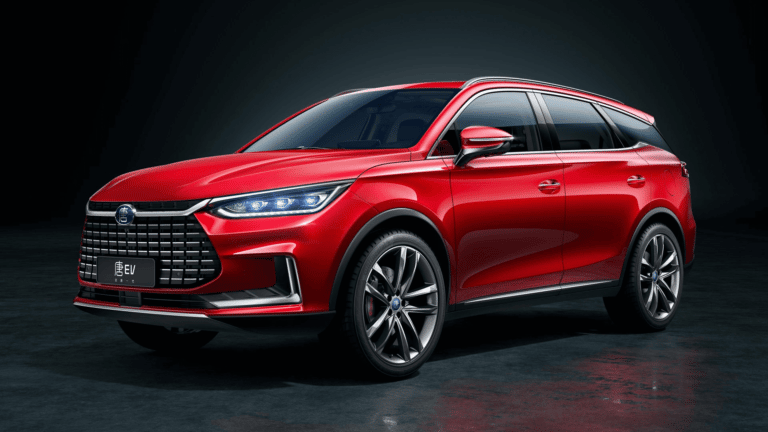
Le BYD Tang EV attacking Europe via Norway, this is the brand's first full-scale trial in the most mature European market for electric vehicles. With its large SUVwill be rubbing shoulders with its European counterparts, the Jaguar I-Pacethe Mercedes EQC and the Volkswagen ID 4.
Range: 400 km
Battery capacity: 82.8 kWh
0 - 100 : 4.6 sec
Price: €70,800
Aiways
Created in 2017 as a start-up, Aiways a of big ambitions for the European market. Claiming to be the first Chinese manufacturer to enter the European market with a Electric SUV, Aiways highlights its German technologies. The brand has a research centre in Ingolstadt, the home of Audi, the brand with the 4 rings. This new manufacturer is adopting a special strategy to enter the European market. This is because, Aiways will use a network of local partners for vehicle testing and servicing. For sales, Aiways will use the direct sales via its website without going through a dealer network.
Le Aiways U5 is the first electric vehicle sold by Aiways to enter the European market. L'Aiways U5 has already covered many kilometres in Europe, especially in Corsica, where Hertz has ordered 500 for the island. With its 400 km range, tourists and residents will be able to tour the island without worrying about their remaining range.
- Range: 410 km
- Battery capacity: 63 kWh
- 0 - 100 : 9.0 sec
- Price: €39,990 (excluding environmental bonus)
Discover the electric cars available from Beev
Geely (Polestar, Volvo)
2ᵉ Chinese car manufacturer, the group Geely is at the helm of a large number of Chinese brands, including Lotus, Lynk&Co, Polestar, Proton or even Volvo. However, the brand also sells electric cars under its own name "Geely". As mentioned above, the Group is stepping up investments to develop its brand portfolio, becoming the main shareholder of Volvo in 2017 and acquired nearly 10% from Daimler (Mercedes) in 2018.
Today, the Geely group is trying to establish itself in the European market with the following brands Polestar and Volvo. Developed in Sweden, the new electric cars The Group's Chinese brands have great potential on the European market, with recognised brands and designs. Your next electric car will China be a Volvo or Polestar ?
La Polestar 2 is the second Chinese electric car from the new brand Polestar. Although in the past the Polestar could be found on vehicles Volvo performance, since the acquisition of the Volvo by Geely, Polestar has become a fully-fledged entity of Volvo dedicated to electric vehicles. However, the design remains in keeping with the Swedish brand's codes, with an accent on sportiness.
- Range: 635 km
- Battery capacity: 78 kWh
- 0 - 100 : 4.7 sec
- Price: from €48,690 (excluding environmental bonus)
Le Volvo XC40 P8 AWD Charging You're probably familiar with the electric version of the Volvo XC40, which was voted European Car of the Year 2018 and launched on the market the same year. Using the same electric base as the Polestar 2the XC40 offers over 400 bhp and 400 kilometres of range. Volvo is also the first manufacturer to use Android Auto as the interface for its infotainment system, rather than rapidly outdating proprietary software.
- Range: 438 km
- Battery capacity: 78 kWh
- 0 - 100 : 4.9 sec
- Price: from €41,000 (excluding bonuses)
NIO
Today, the NIO is made up of 3 vehicles, with the ambition of exporting to North America and Europe. The Chinese brand is also renowned for its development of electric powertrains, thanks to its Formula E team. If Tesla invested very early in a recharging network called Supercharger, NIO is developing a network of battery exchange stations in China. This system means you can travel long distances without worrying about your range. Available exclusively in certain large Chinese cities, it is also possible to order a van to come and pick up your vehicle. NIO to recharge it. Today, the NIO is made up of three electric vehicleswith the ambition of exporting to North America and Europe.
In China, NIO is positioned as a premium brand and is proving very popular with the middle classes in major cities, who are increasingly interested in electric cars Chinese. Since sales opened in 2018, NIO has sold over 50,000 electric carsThe Covid crisis slowed sales at the start of 2020.
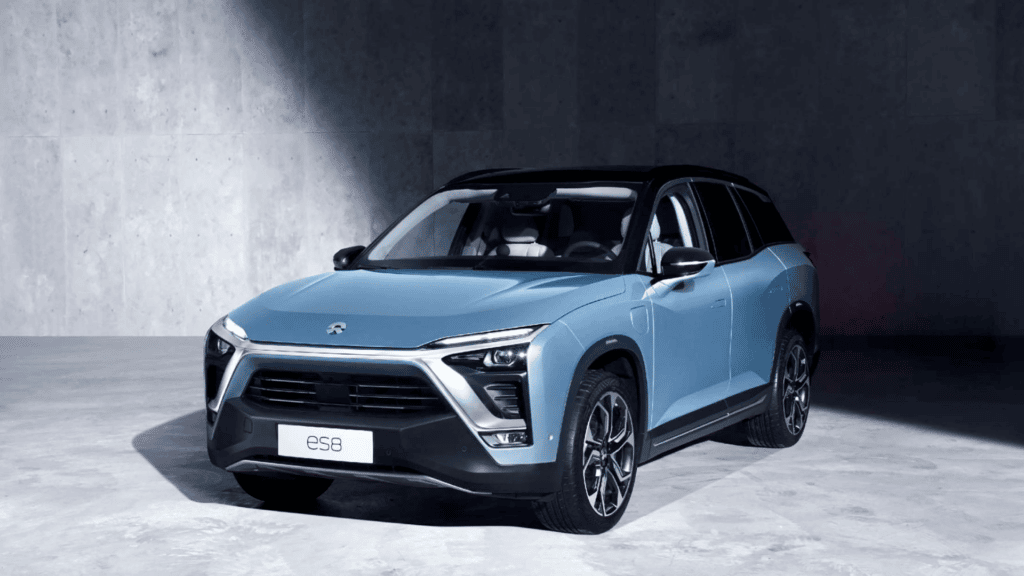
Brand launch vehicle NIOThe ES8 is a large 7-seater SUV. With a wheelbase of over 3 metres, the ES8 challenges the largest vehicles in its class, such as the Audi e-tron and the Tesla Model X. The ES8 is sure to make an impression in European cities where it will feel a little cramped.
- Range: 500 km
- Battery capacity: 100 kWh
- 0 - 100 : 4.9 sec
- Price: from €53,000
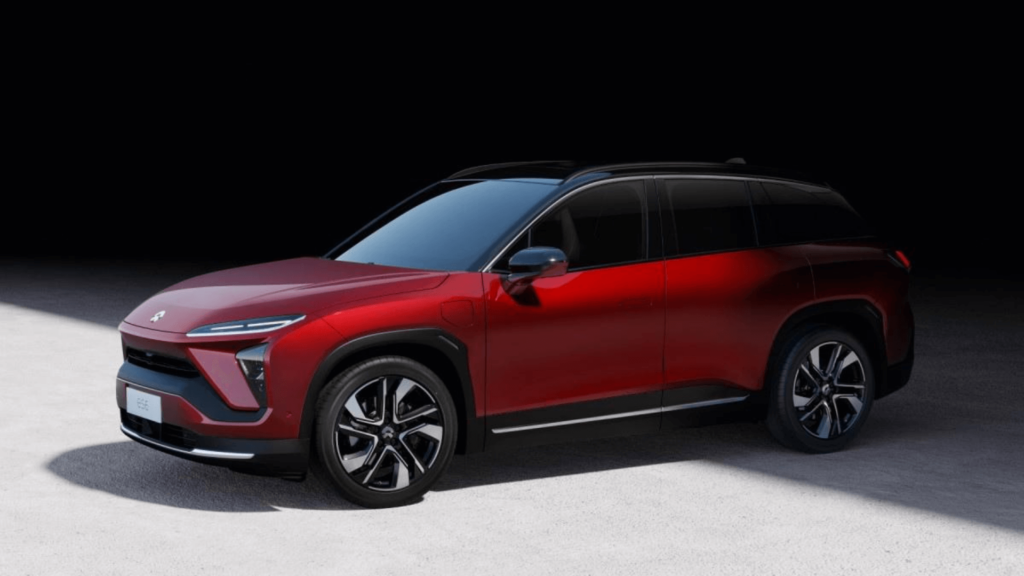
The NIO ES6 is the second vehicle from the Chinese electric brand, with a recognisable design and performance on a par with the best on the market. It's also the brand's best-seller. NIO with the manufacturer's new long-range battery. The ES6 is the 5-seater version of the ES8.
- Range: 480 km
- Battery capacity: 84 kWh
- 0 - 100 : 4.7 sec
- Price: from €45,000
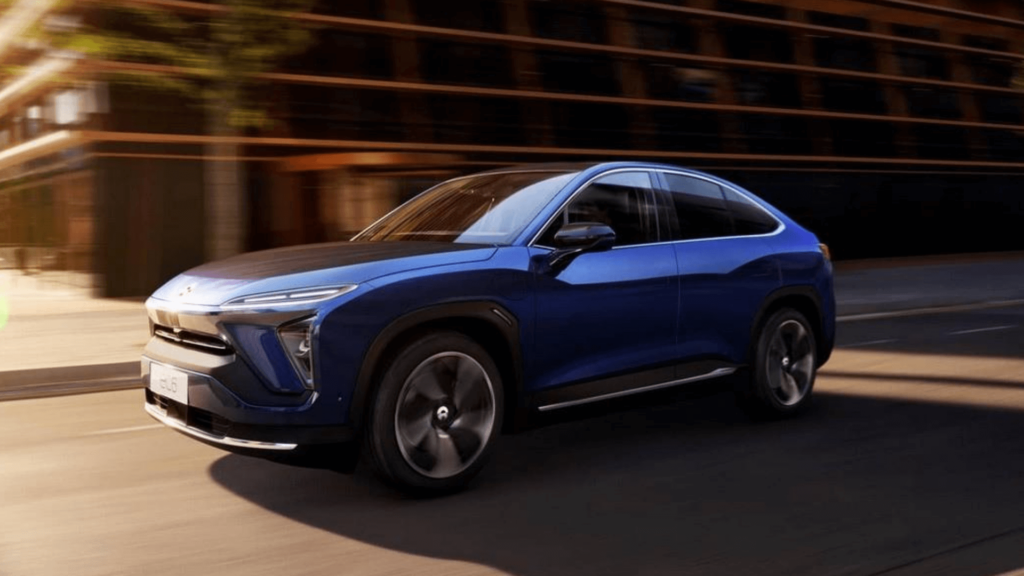
The brand's latest model, the EC6, picks up on the coupé SUV trend seen, for example, on the new Audi e-tron Sportback. Based on the same chassis as the ES6 but with a different body, it will offer even greater range and a new glass roof.
- Range: 580 km
- Battery capacity: 100 kWh
- 0 - 100 : 4.5 sec
- Price: from €60,000
SAIC Motor (MG)
A Chinese giant, SAIC Motor is well on the way to becoming one of the world's top 10 carmakers, just behind the Japanese, European and American giants. The company has a long history in China, with its origins in the repair workshops of Shanghai in 1955. At that time, SAIC was trying to reach the more affluent sections of the population.
The company quickly adopted a strategy of partnerships and alliances with other automotive groups. Sharing intellectual property will enable SAIC to develop rapidly with the support of the local authorities.
SAIC is also the General Motors' main Chinese partner with which it is developing vehicles adapted to the Chinese market, allowing it to draw on GM's engine and transmission catalogues, while the Detroit-based company is benefiting from the experience that SAIC is building around the electric vehicle.
To enter Europe, SAIC is pushing open the doors of brands acquired by the group. So it is with MG MotorSAIC is coming to Europe. The new electric cars The British brand's Chinese models make no secret of their origins in the Shanghai-based group. We saw branding made in SAIC on the side windows of the MG SUV.
https://youtu.be/CmxsCilR1VA
Le MG ZS EV is the first SUV Chinese electric car to really be sold in Europe. The start of a multi-brand offensive driven by the giant SAIC, this SUV attacks the market from the heart of the range with the most popular category in the European markets, small cars SUV. Read our test drive to find out more about the MG ZS EV.
Our test - MG ZS EV Test Drive: The best electric SUV?
- Range: 440 km (WLTP)
- Battery capacity: 44.5 kWh
- 0 - 100 : 8.2 sec
- Price: from €17,490
La MG 5 which is known as Roewe Ei5 in China will be the first electric estate car sold in Europe. While prices in China start at less than €20,000, you can expect prices closer to €30,000 in Europe.
MG has struck another blow with a new unbeatable value for money for this new model of MG 5.
- Range: 400 km
- Battery capacity: 52.5 kWh
- 0 - 100 : 10 sec
- Price: from €25,990
Xpeng
Xiaopeng Motors or Xpeng is a Chinese automotive company founded in 2014. Based in the city of Guanghzon in China, Xpeng is currently finalising export testing for European versions of its two models, the G3 and the P7, starting with Norway.
Thanks to several successful fund-raising campaigns, Xpeng has been able to develop the industrial capacity needed to cover its local market and export internationally. Major Chinese investors such as the Xiaomi group have also joined the venture.
The vehicles of Xpeng are differentiated by their premium positioning while maintaining a lower price category.
For example, the Xpeng G3 SUV starts at less than €30,000 in China, despite a comprehensive range of equipment and the promise of autonomous driving in the next few years.
In terms of sales, the Chinese brand is adopting the same strategy that has made its American counterpart Tesla so successful.
The brand has showrooms where you can see the vehicle, and then the entire sale takes place directly online. According to Xpeng, you can order your electric car You can register your Chinese car in just a few minutes using the manufacturer's mobile application. The car is then delivered directly to the customer's showroom or home.

While the Xpeng G3 follows the market trend with its SUVThis is a camera positioned on the roof that can be raised to take photos from anywhere around the vehicle. An accessory that, although not very useful, can double up as a reversing camera if required, or even as a surveillance camera when the vehicle is parked.
- Range: 451 km
- Battery capacity: 66.5 kWh
- 0 - 100 : 8.6 sec
- Price: from €34,000 (in China)
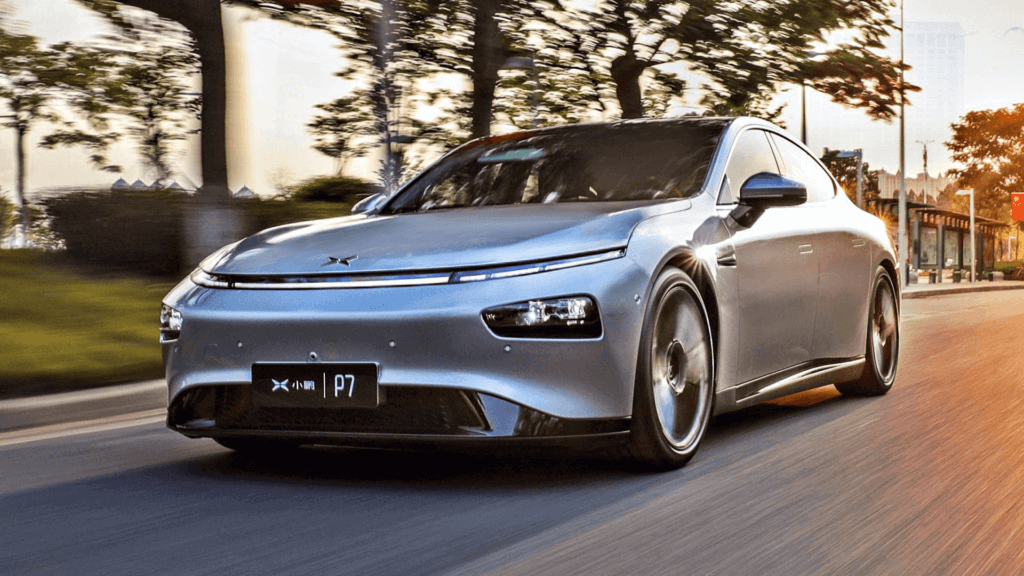
A premium saloon, the Xpeng P7 targets a market between the Tesla Model 3 and Model S. At launch, it is also the Chinese electric car with the longest range, with over 700 km on the old NEDC cycle still used in China. This should still translate into a range of over 500 km on the WLTP cycle.
- Range: > 500 km
- Battery capacity: 80 kWh
- 0 - 100 : 4.3 sec
- Price: from €42,500 (in Norway)
Not sure which car model to choose?
Contact an expert
Chinese electric vans soon on our roads
The introduction of electric vehicles We're not just getting cars from China. The professional market also has a dynamic that Chinese manufacturers are keen to capitalise on. More and moreelectric vansThis means that cars, buses and trucks will carry a Chinese brand name.
Still rare in France, more and more of them can be seen criss-crossing the roads of Germany and the Netherlands, for example. We also mentioned the bus and truck production plants of BYD in Hungary and near Beauvais in France. Although RATP would have preferred French manufacturers for its massive order of 800 electric buses, other European cities have opted for Chinese manufacturers. These include BYD has won a mega-order for 259 electric buses from Dutch public transport subsidiary Keolis, to be used throughout the north-east of the country on urban and interurban routes.

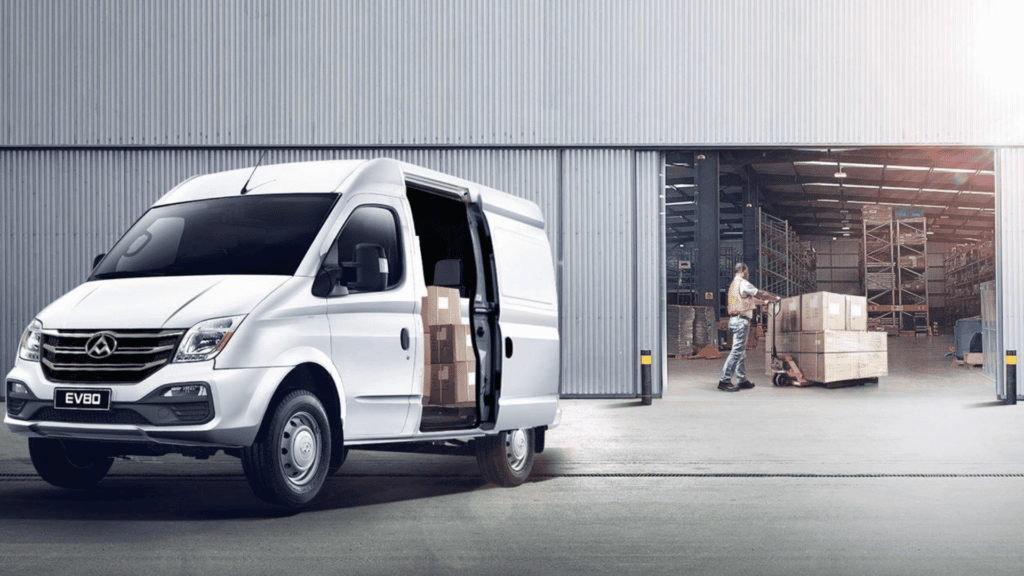
The impact of Covid on Chinese electric cars
During the Covid crisis, the global automotive market was hit hard. For some manufacturers, such as RenaultIn fact, it was the worst quarter in their history. In China, as in the rest of the world, the Covid crisis has raised awareness of air pollution. While several major Chinese cities regularly rank among the most polluted in the world, the confinement of the population has brought a breath of fresh air to these cities. However, unlike in Europe, where the bicycle has emerged as the big winner in terms of means of transport after the confinement, it is the car that has taken the plunge in China.
According to an Ipsos study, 72% of people living in the regions most affected by the contamination and who do not own a car would like to acquire one. For 48% of them, the safety factor is put forward in a context of social distancing.
China has taken advantage of this momentum in its automotive industry to highlight the electric vehicles through new subsidies and the use of existing grants. For residents of major cities like Shanghai, for example, it takes several months or years to get a number plate through a lottery system, and at a very high cost.
The exception to this system is electric vehicles, which can receive a number plate immediately and free of charge. Faced with the urgent need to acquire vehicles, many Chinese motorists have turned to an electric vehicle model.
Buying habits have also changed, with almost one in two customers now saying they are prepared to buy a vehicle online rather than at a dealership. Tesla has naturally been a big hit, thanks to its contactless purchase system where customers can pick up the car and unlock it using the mobile application, without having to go through a sales representative. In June, Tesla set a sales record in China by taking a 23% market share of all electric cars sold, with nearly 15,000 deliveries made from its new Chinese production plant.
China, a land of investment for carmakers
China is the world's the world's largest car marketAs such, it is only natural that it should attract the envy of the major car manufacturers. For a long time blocked by a system of associations, European or American manufacturers could not sell directly in China. joint ventures with local manufacturers. This has led to alliances such as Dongfeng-PSA and SAIC-GM. These joint brands have enabled European vehicles to be sold in China, as well as the creation of new models exclusive to the Middle Kingdom. One example is the Denza brand, the result of a joint venture between BYD and Mercedes and has created exclusive premium electric models using the resources of both companies.

Another example is the BMW IX3, which will be produced in China and which will also be the first market to be able to order the new Electric SUV of the Bavarian brand. BMW is not the only one in this situation. Among our French carmakers, we are seeing the relocation of certain ranges, such as the latest DS 9, available as a plug-in hybrid, which is produced in Shenzhen.
It is primarily aimed at the Chinese market, as its positioning as a three-door hatchback would suggest. Indeed, the tastes of the Chinese public are not not the same as those of Europeans. However, one factor unites them all: their desire to adopt cleaner vehicles.
It is within this strategy that Renault has completely abandoned the sale of combustion-powered vehicles in China where the brand has never been a great success. The brand is now focusing exclusively on its zero-emission range in China to attract a new, young, connected and urban customer base.
This is it! You know all about Chinese electric cars. What do you think?
